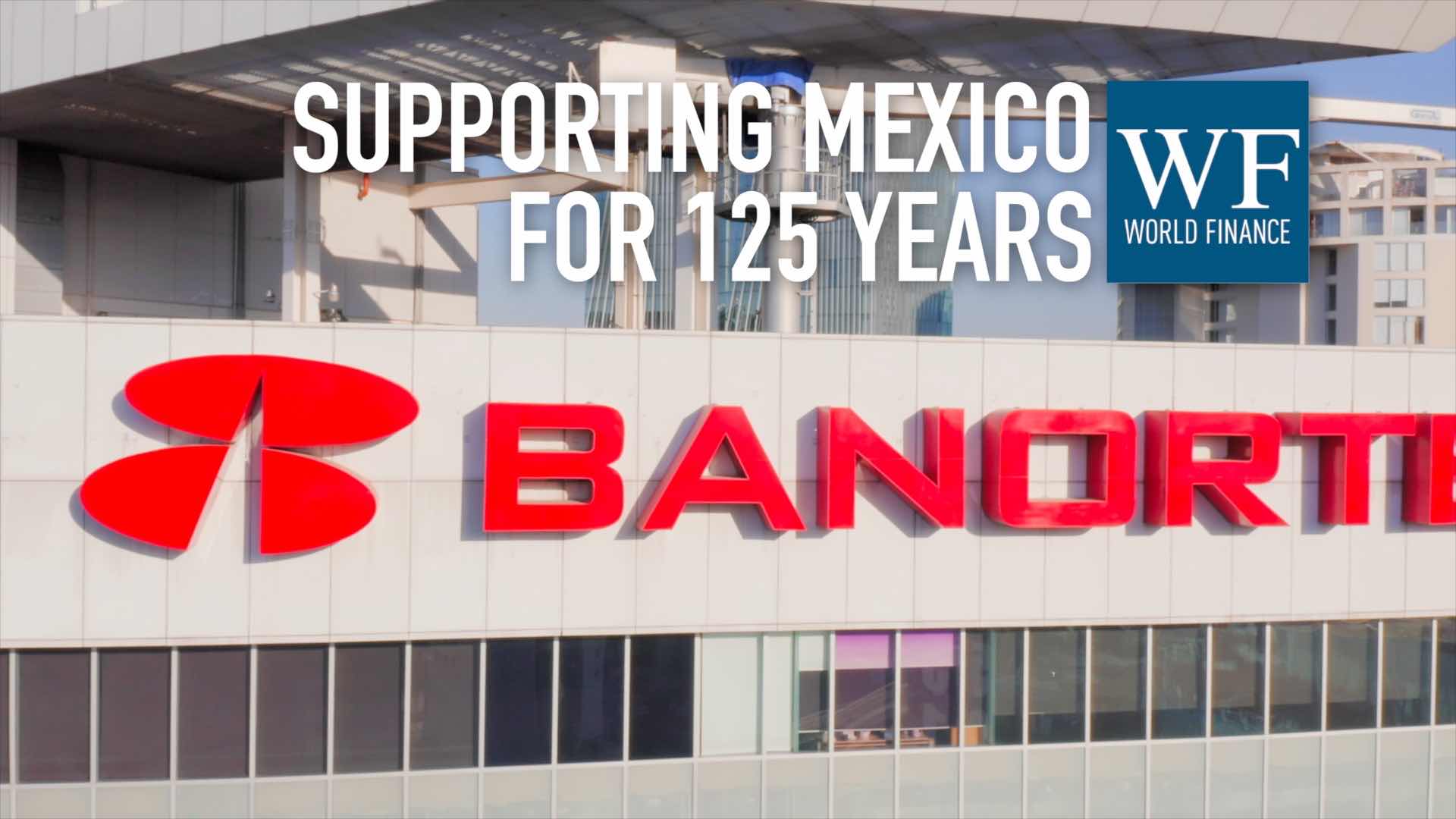Legitimate companies at risk of ‘three traps’ when it comes to illegal activity | World Finance Videos
World Finance speaks to Stephen Platt, author of Criminal Capital, about what traps legitimate companies can fall into when it comes to illegal activity
Related:
Transcript
World Finance: What are the main traps legitimate companies can fall into when it comes to illegal activity?
Stephen Platt: There are really three traps. The first is that they commit forms of as it were criminal conduct themselves, whether that’s in the form of insider trading, rate-rigging, or sanctions busting activity. So where you’ve actually got wrongdoing from within the organisation.
The second would be where this is no wrongdoing within the organisation, but the organisation launders the proceeds of other people’s wrongdoing. So classic money laundering, by way of an example.
The third example would be where the financial institution, in its relationships with its customers, facilitates the criminal conduct of those customers through the provision of financial services, whether that’s the provision of structures – trusts, companies, foundations, partnerships, and so on and so forth – and through the banking of those structures, and through the provision of investment and brokerage services to those customers.
World Finance: So how can they safeguard themselves?
Stephen Platt: Primarily by being honest about the nature of their susceptibility to abuse. Both from within and indeed from without. So from within, clearly one as a financial institution has got to be absolutely honest about your vulnerabilities to involvement in wrongdoing by your own employees and by your own institution.
Secondly you’ve got to, adopting a risk-based model, be honest with yourself about your susceptibility to abuse through your customer relationships. One of the ways many institutions can do the latter a lot better is by ditching the traditional model of money laundering, and utilising for the purposes of managing these risks a much more realistic model, which is based on what we describe as the enabled distance-and-disguise model of money laundering.

 Grupo Financiero Banorte: Supporting Mexico for 125 years
Grupo Financiero Banorte: Supporting Mexico for 125 years Investing in innovation: TITAN Group’s €40m commitment to transform construction
Investing in innovation: TITAN Group’s €40m commitment to transform construction
